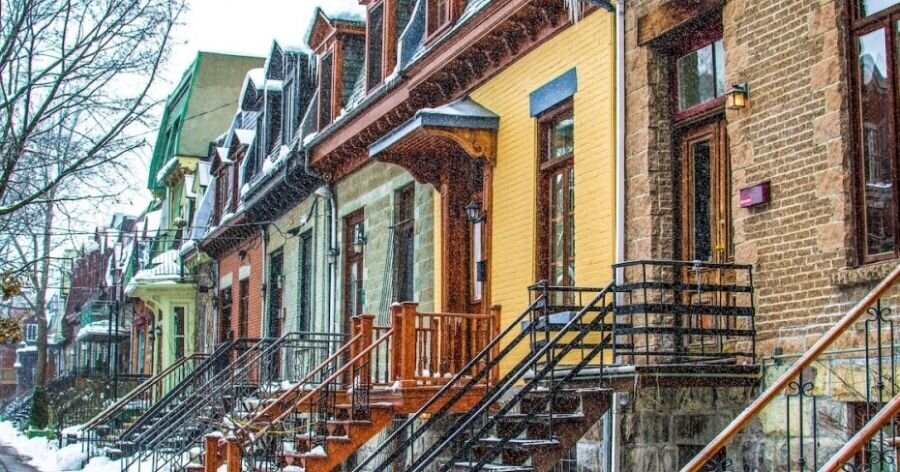The Canadian government is going to start helping young people buy homes
By: John Shmuel on March 19, 2019
Young people have been vocal for a while now about not being able to afford homes in Canada’s largest cities. On Tuesday, the federal government announced it wants to change that by buying equity in the homes of first-time buyers.
The Liberal government made the announcement as part of its whopping 464-page 2019 budget, which included several new policies it says will make buying homes in Canada more affordable.
The headline item is the First-Time Home Buyer Incentive, which is essentially a shared equity mortgage being provided by The Canada Mortgage and Housing Corp. (CMHC), the country’s national housing agency.
Under the new plan, CMHC will provide 10% of the purchase price of a newly constructed home, or 5% of the price of an existing home. Only insured mortgages will be eligible, meaning this will be restricted to those with a down payment worth less than 20% of the purchase price.
The program also only applies those with a household income of $120,000 or less, and the total mortgage and incentive can’t be more than four times the buyer’s household income.
Here's an example of how much money a homebuyer can save with the new incentive. If someone is buying a newly-built $400,000 condo, they will be eligible for a $40,000 incentive payment toward the purchase price. The monthly carrying cost for a mortgage here, based on a rate of 3.5% and a down payment of 5%, would be $1,745. In comparison, the same property without an incentive would require a monthly mortgage carrying cost of $1,973. So the buyer saves $228 a month.
However, given that the program is capped at four times $120,000 household income, it's unlikely to help buyers in the country’s most expensive cities. In the Greater Toronto Area, for instance, the average selling price of a home is $780,397 as of February. That average includes all types of properties, such as detached homes and condos — when only looking at detached homes, the average price is north of $1 million.
The new incentive will go into effect September 2019. The budget says more details will be provided later this year, which suggests there could be additional info on things such as a cap on downside risk or any additional fees or penalties that could be incurred.
More measures aimed at improving affordability
In addition to the incentive, the 2019 budget is also making changes to the Home Buyers’ Plan. Under the old plan, a first-time homebuyer could withdraw $25,000 from their Registered Retirement Savings Plan (RRSP) to purchase or build a home without paying tax on the withdrawal.
Starting Mar. 20, first-time homebuyers will be eligible to withdraw up to $35,000 from their RRSP tax free. The Home Buyers’ Plan is also being extended to married or common law couples who are separating — meaning even if you’ve already bought a home, if you need to buy a new home due to your separation, you can once again take advantage of this program.
Also noteworthy from the budget is a ramped up Rental Construction Financing Initiative. First announced in 2017, the program was designed to last four years and aimed to provide low-cost loans to builders to get more rental units on the market.
Rents have been rising astronomically in cities like Vancouver and Toronto in recent years, and the vacancy rates in those cities are at historic lows, making it difficult to even find a rental. Despite a frenzy of new condos being built in the past decade, there have been very few purpose-built rentals.
The Rental Construction Financing Initiative was already expanded last year to target 14,000 units for the life of the program.
In Tuesday’s budget, the program got an extra $10 billion and will be extended out to 2027-28. It will now target 42,500 units across Canada.
So far, the government says that more than 50 projects totalling 500 rental units have been announced.

.jpg?itok=SnQQgxS0)
